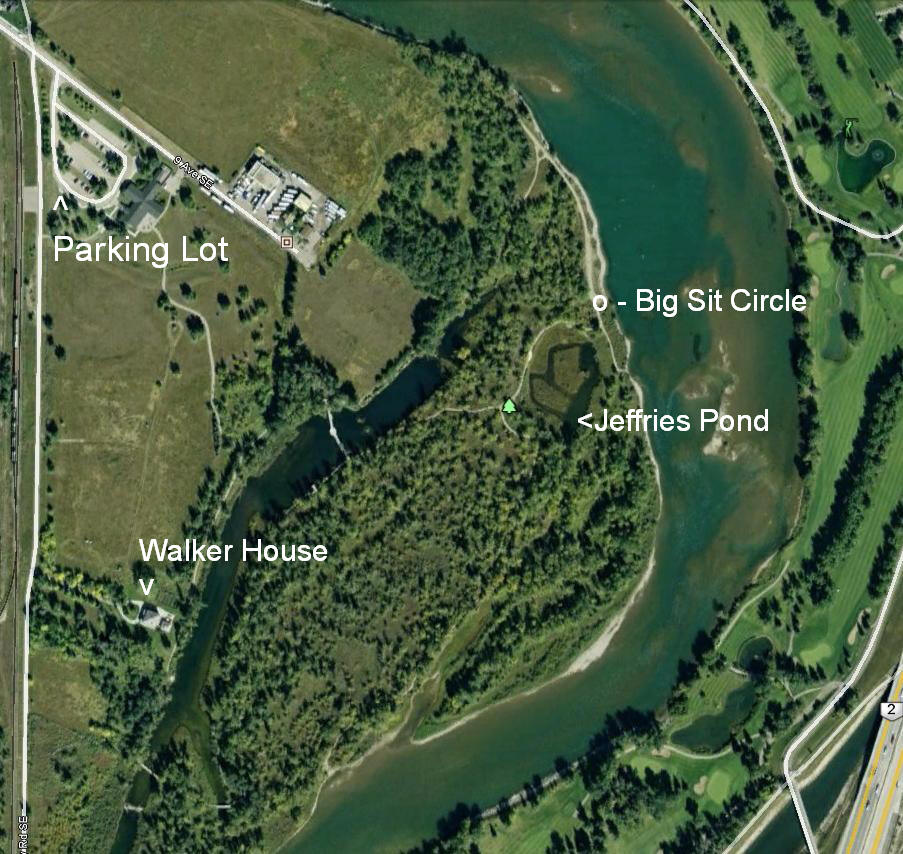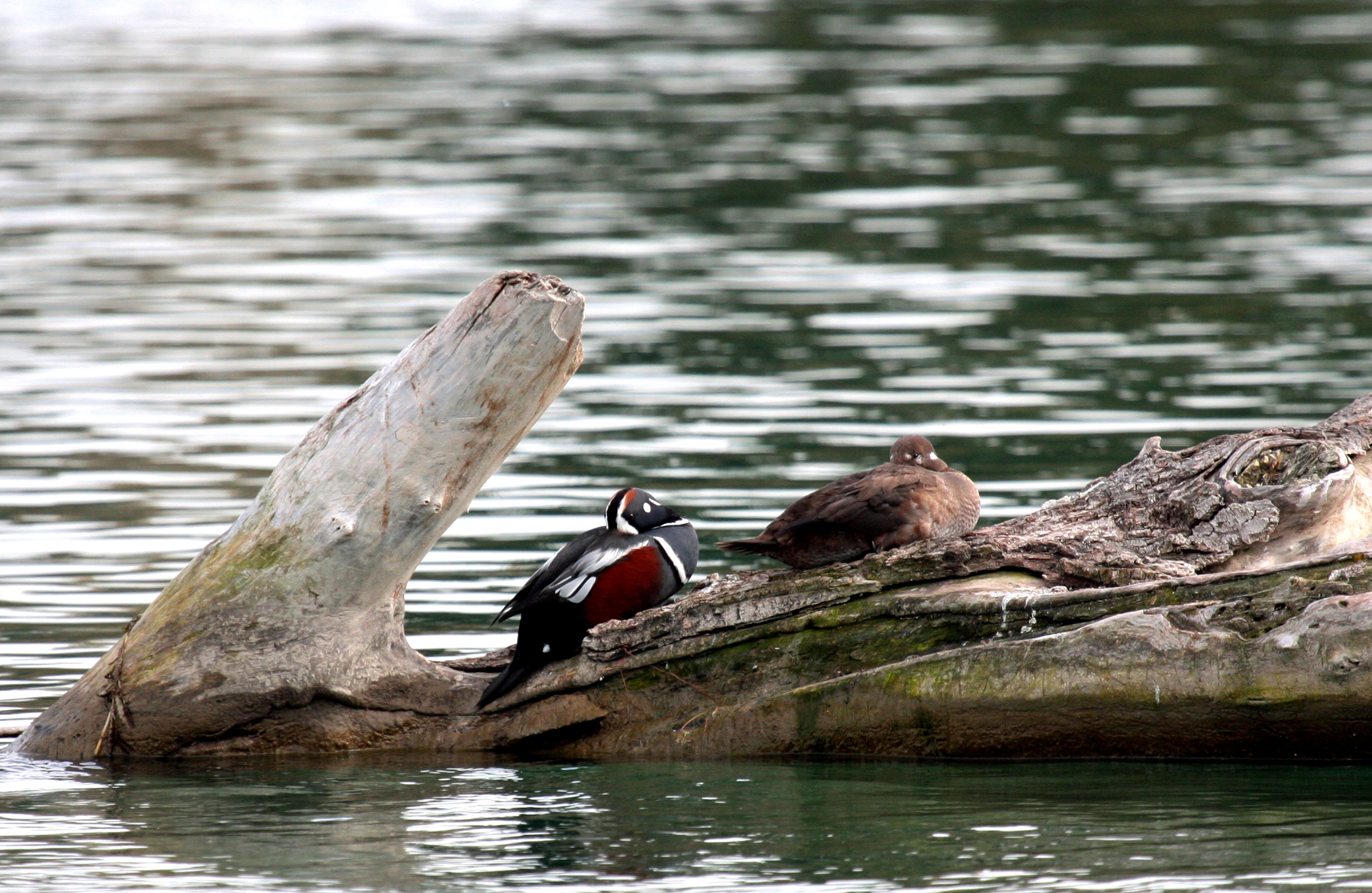May is a great month for birds here; plenty of migrants, warming weather and leafless trees combine to make this month arguably one of the best months to see birds in the Calgary region. These factors therefore make it extremely hard to make a decision on just 5 birds to make the cut; but it had to be done, so here they are.
1. Horned Grebe
The Horned Grebe is a small, attractive grebe, a family of aquatic birds seldom seen on land or in flight. The Horned Grebe has a chestnut neck and flanks while its black head is topped with contrasting golden horns. A beautiful bird, the Horned Grebe qualifies easily for the month of May. The Horned Grebe does not breed in Calgary but as it passes through, up to mid-May, you can try to see one at Elliston Park or the Glenmore Reservoir.

2. Black-necked Stilt
A large shorebird that is an erratic and local breeder here in southern Alberta, the Black-necked Stilt has very contrasting colors; black upper parts, white underparts and very long, geranium-red legs. Its long, slender bill is always probing for food as its sharp eyes scan for both food and danger. This Stilt can be seen in wet pastures and on the grassy shorelines of shallow water, especially where there are plenty of mudflats. The stilt was virtually unknown in Alberta until 1994, but now, you can try to find it at places like Shepard Slough, Chestermere Lake and Weed Lake, Chestermere and Weed Lake being outside of the city.

Image courtesy Wikipedia
3. Western Tanager
The male Western Tanager is a very striking bird, easily making it on our list, with a bright red head, black wings, back and tail and his canary yellow neck, rump and underparts. The Western Tanager eats insects and fruits and feeds among bushes and trees, also hawking insects from the air occasionally. The tanager’s main habitat are boreal and montane forests; often being found in coniferous and mixed wood areas. The Tanager does come through Calgary on migration; I had one in my mountain ash in May of 2009. The best places to see this amazing bird are the north end of Weaselhead and the west end of Fish Creek Provincial Park.

4. American Avocet
A handsome and showy shorebird that can often be seen foraging in shallow water or on the barren mud flats along the edges of lakes. A light cinnamon color adorns the Avocet’s head and neck in the breeding season with the rest of its plumage being black and white. These birds start converging in large flocks in central Alberta usually in early May and can be seen best at locations like Shepard Slough and Frank Lake.

5. Yellow Warbler
The male Yellow Warbler is a brilliant yellow with olive-green wings and reddish breast streaks. This is a common bird and has a wide distribution throughout the province, thanks to its ability to nest in a large variety of areas. The female is similarly colored, but is more green above and drabber below. The male, despite his bright colors, is surprisingly well camouflaged and is best seen when the trees still lack their leaves. The Yellow Warbler arrives in Mid-May and is found in river valleys and wooded urban areas; Inglewood Bird Sanctuary is a good place to find this warbler.

See if you can find all 5 birds for the month of may; and then let us know about it!!!







































